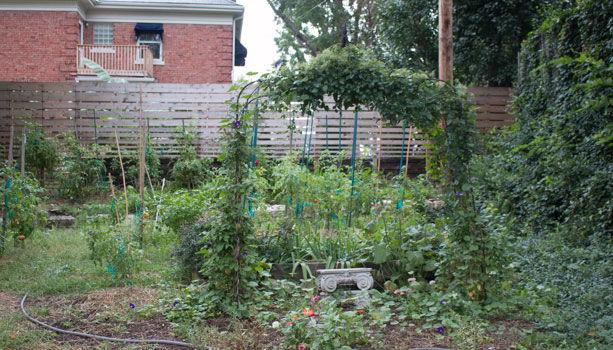There are about 18,000 vacant lots in the city and more on the way in a major problem for rebuilding the urban core, a study has found.
The year-long study and report by the Vacant Lot Task Force is expected to be completed next month.
Robin S. Martinez, a task force member, reported some study findings Wednesday to other members of the city’s Environmental Management Commission.
“It’s a real long-term issue that needs to be looked at with a series of long-term solutions,” he said
The study includes input from a wide range of stakeholders that include city staff, urban garden experts, non-profits, neighborhoods and business experts. UMKC professors and graduate students also worked to crunch data into graphics for it.
Among findings Martinez shared:
More than 90 percent of the vacant lots are in the east side 3rd council district.
And more vacant lots are coming, he said. “You have to look at the pipeline and there are a lot of properties in the pipeline.”
There are many vacant houses owned by foreign investors who have abandoned them. They are at high risk for demolition and vacant lot status.
More risk comes from houses owned by poor and elderly people who have trouble maintaining them. With their deaths the houses can land in probate court, where title problems can develop and impede their sale.
The study will recommend creation of a database that puts together all information on the existing vacant lots.
The city can then triage them and use criteria to determine the best use for each lot.
The city should also appoint a vacant lot coordinator at the city manager level.
In what could be positive, more than 60 percent of the vacant properties are within one-half mile of a highway.
The city might want to reforest those areas and create a buffer for neighborhoods.
It also might want to plant ground cover instead of grass to cut down the high costs of mowing.
Some lots can also be used for urban gardening, acquired by neighbors or put to other creative uses.
He noted how developer Eddie Tapper planted an orchard in vacant lots in the center city neighborhood.
“That area surrounding the orchard has actually become very desirable,” Martinez said. link to tapper stories
The study is intended to lead to discussion among city officials and residents about long-term solutions.
The overall problem is caused by urban sprawl, he said, and one thing to discuss may cause northlanders and developers to “go ballistic.”
That would be for the city to draw a line and refuse to support development beyond it.
But that can also have a down side. Boulder did it and drove up the value of property so much that it caused gentrification and now it takes far more wealth to live there, Martinez said.
Other cities like Cleveland have used a vacant land tax aimed primarily at land speculators, who pay more for unused property.
There is no one solution that will work in all circumstances, he said.




I love the orchard idea.
He is right about urban sprawl. I just call it white flight. It’s not the city I grew up in. We traveled all over — by streetcars and buses — day and night, and were never in any danger. I can’t imagine living in the suburbs.